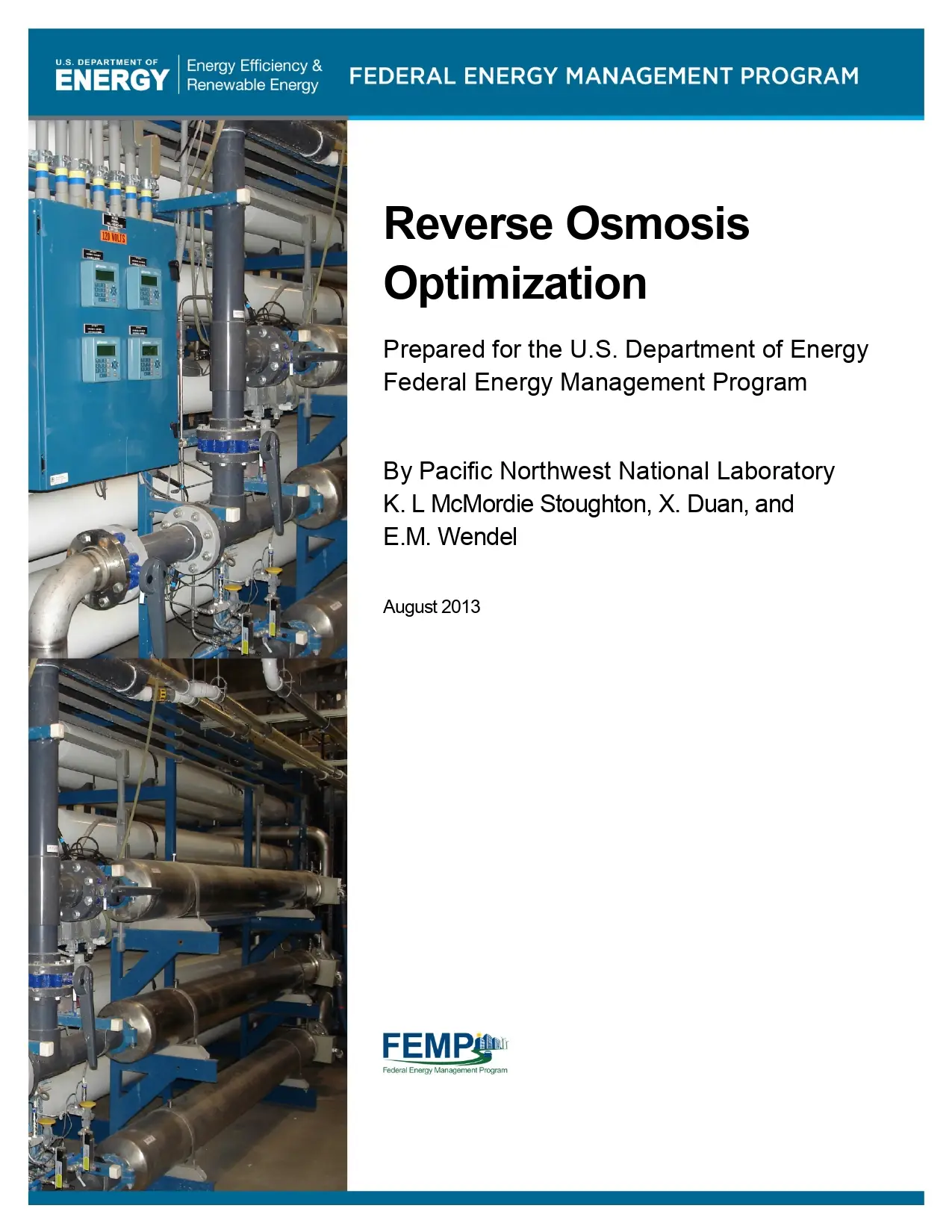Membrane Technology Fundamentals Processes
Fundamentals and processes
The term ”membrane filtration“ covers various processes:
• Microfiltration (MF)
• Ultrafiltration (UF)
• Nanofiltration (NF)
• Reverse osmosis (RO)
Membrane filters are purely mechanical ”fine sieves“. These fine sieves consist of artificially created films, so-called membranes, with precisely defined pore diameters or closed surfaces.
Membrane Technology Fundamentals Processes
Fundamentals and processes
The term ”membrane filtration“ covers various processes:
• Microfiltration (MF)
• Ultrafiltration (UF)
• Nanofiltration (NF)
• Reverse osmosis (RO)
Membrane filters are purely mechanical ”fine sieves“. These fine sieves consist of artificially created films, so-called membranes, with precisely defined pore diameters or closed surfaces.
Ultrafiltration Technical Manual
Introduction
A separation spectrum diagram is shown on Figure 1. It depicts the most common technologies applied for the removal of diverse contaminants or substances present in a feed stream of water supplies. While Electrodeionization (EDI), Ion Exchange (IER), Reverse Osmosis (RO) and Nanofiltration (NF) target the removal of solutes from the feed stream, Ultrafiltration (UF), Fine Particle Filtration (FPF) and Microfiltration (MF) separate fine particles, suspended solids, colloidal matter, microorganisms (e.g., cryptosporidium or giardia cysts) and low molecular weight species. UF is a pressure-driven process that achieves separation through sieving (i.e., size exclusion) depending on its pore size and molecular weight cut-off (MWCO) expressed in kilodaltons (kDa). The pore size is the nominal diameter of the micropores in the membrane expressed in microns (µm). The MWCO is the molecular mass or weight of a solute that is rejected greater than 90 percent. UF membranes can be as fine as 3 kDa or as coarse as 150 kDa. Typically, coarse UF membranes in the range of 80 – 150 kDa (equivalent to a pore size of 0.02 – 0.03 µm) are used in water treatment applications as they have a good balance between rejection and permeability. This pore size can provide a barrier to viruses often found in water sources.
Ultrafiltration Technical Manual
Introduction
A separation spectrum diagram is shown on Figure 1. It depicts the most common technologies applied for the removal of diverse contaminants or substances present in a feed stream of water supplies. While Electrodeionization (EDI), Ion Exchange (IER), Reverse Osmosis (RO) and Nanofiltration (NF) target the removal of solutes from the feed stream, Ultrafiltration (UF), Fine Particle Filtration (FPF) and Microfiltration (MF) separate fine particles, suspended solids, colloidal matter, microorganisms (e.g., cryptosporidium or giardia cysts) and low molecular weight species. UF is a pressure-driven process that achieves separation through sieving (i.e., size exclusion) depending on its pore size and molecular weight cut-off (MWCO) expressed in kilodaltons (kDa). The pore size is the nominal diameter of the micropores in the membrane expressed in microns (µm). The MWCO is the molecular mass or weight of a solute that is rejected greater than 90 percent. UF membranes can be as fine as 3 kDa or as coarse as 150 kDa. Typically, coarse UF membranes in the range of 80 – 150 kDa (equivalent to a pore size of 0.02 – 0.03 µm) are used in water treatment applications as they have a good balance between rejection and permeability. This pore size can provide a barrier to viruses often found in water sources.










